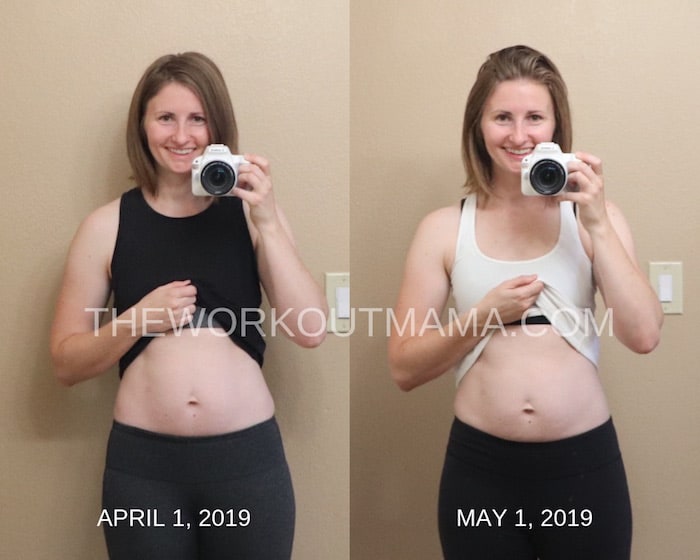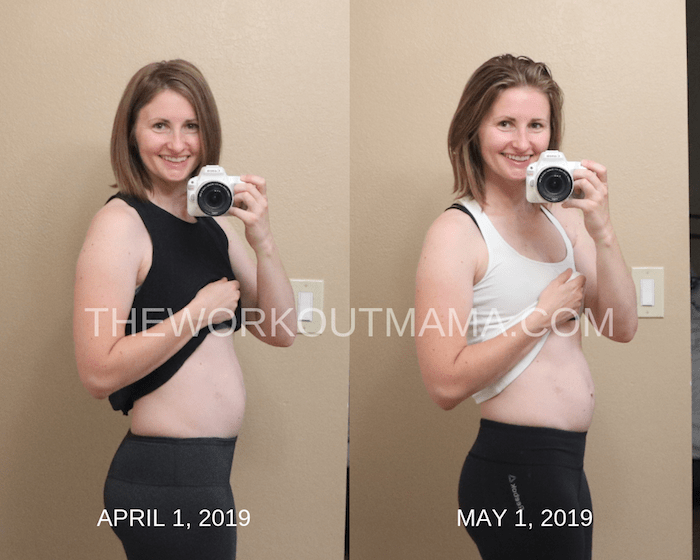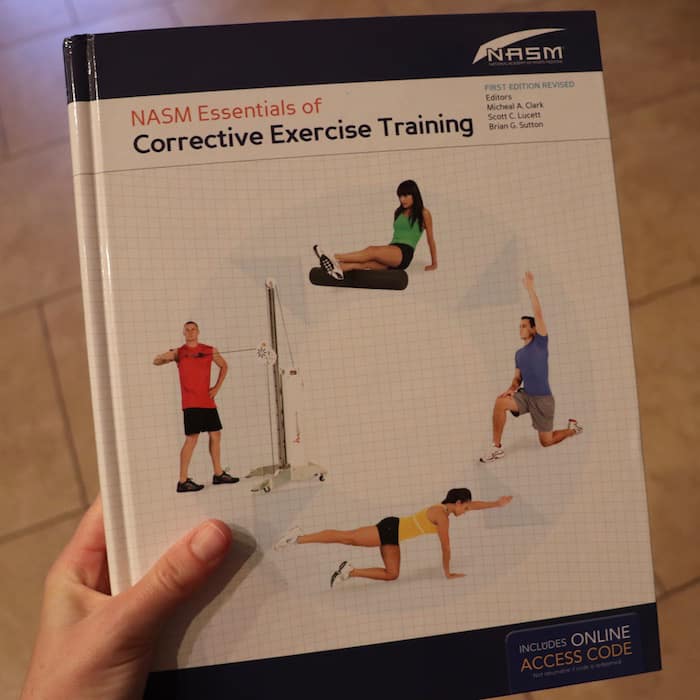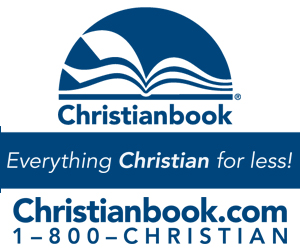I wasn’t sure if I was going to take pictures this month but I am so glad I did. If you are new here I have been sharing these updates in order to motivate myself to eat better and exercise more consistently in 2019. In case you missed the other posts in this series here are February, March, and April.
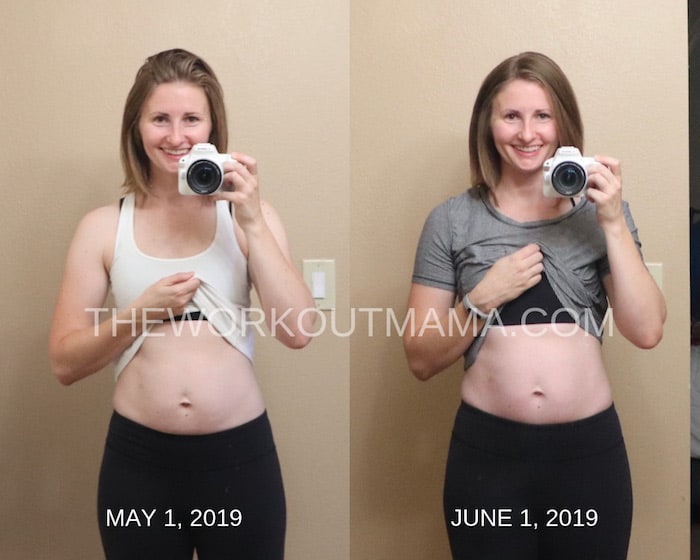

Eating
I am no longer intermittent fasting. I tried it and realized it wasn’t going to work for me long term. More on this below.
I tracked my macros diligently over the last several weeks but have since backed off. Weekly I pretty much eat the same foods and have a good idea what and how much I should be consuming daily. I am not opposed to tracking macros but don’t see the need to do it all the time. I also don’t want my kids to see my on my phone constantly taking pictures of food while I scan barcodes.
Workouts
Josh and I started a 12 week weight lifting program this month. So far I like it. I am lifting 3 days week and doing short HIIT workouts on the in between days. The weightlifting workouts are 30-40 minutes and the HIIT workouts last about 20 minutes. Josh’s schedule is a little different from mine because of his shifts at work. We both are enjoying it and it is fun to do something together on the days he is home. This schedule is also super doable for me because I am able to wake up at 5am and get my workout done, read my bible, and usually shower before the kids wake up.
Wellness
I completed all the treatments for my varicose veins! Yay! I also was super diligent about wearing my compression socks and walking for 30 minutes daily. When I went in for my checkup ultrasounds my legs looked so good that my doctor said I didn’t need to have surgery. I am happy to be done with treatment before summer! No more compression socks for me and I can run again without pain.
The last thing I wanted to share is the reason I am not intermittent fasting anymore. It is also the reason I would not recommend it to another woman. My period has been super regular the last several months but I was so late this month. Like ready to go send Josh to get a pregnancy test. My period finally started 2 weeks late. I know many women have success using this method but for me it obviously messed with my hormones. Plus I also really enjoy eating breakfast in the morning. I was eating enough calories so I know I wasn’t deficient in that way and the fasting is the only thing I can pinpoint to why this happened.
So there you go, that is what has been going with me :). Thanks for reading!








